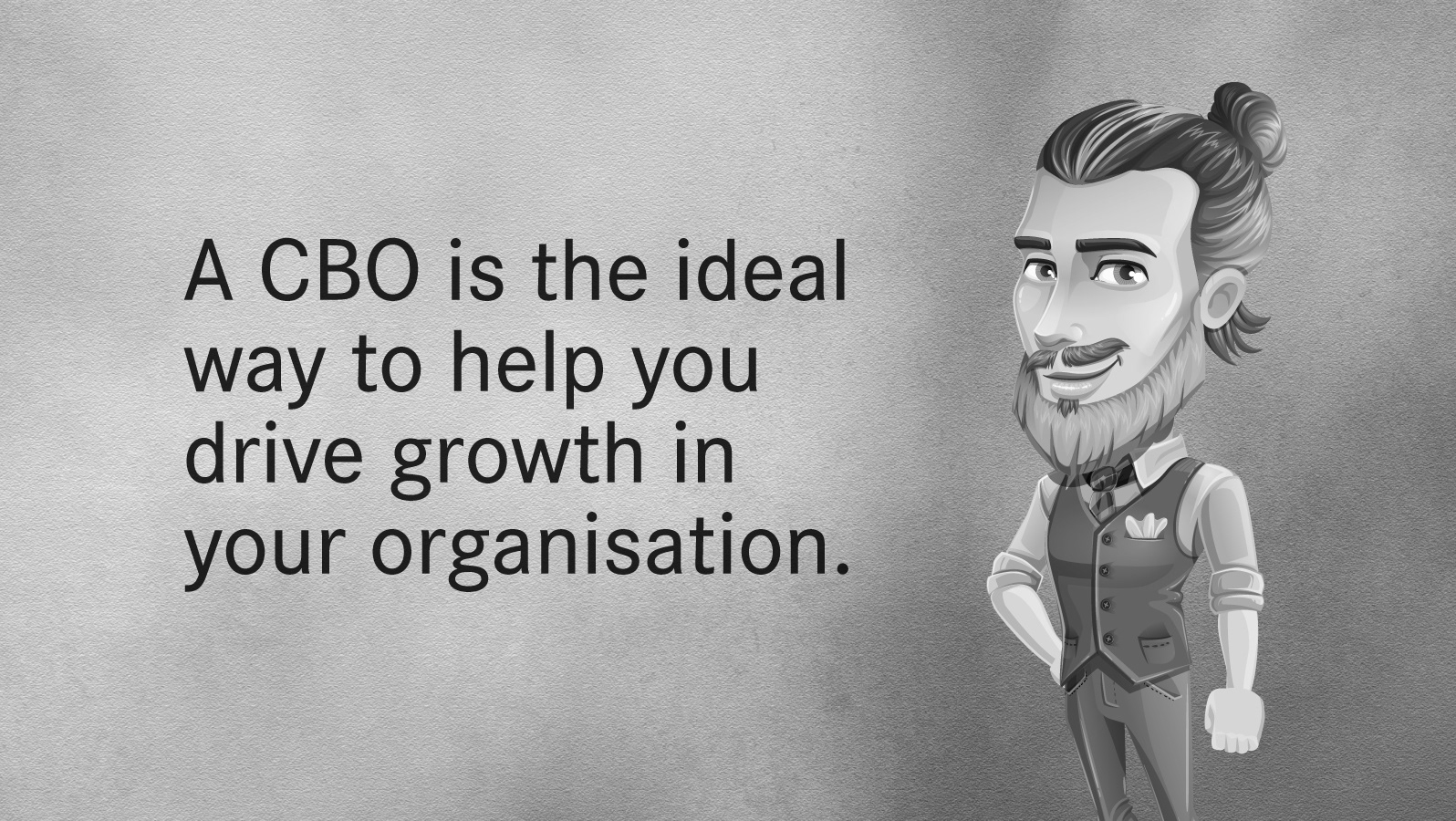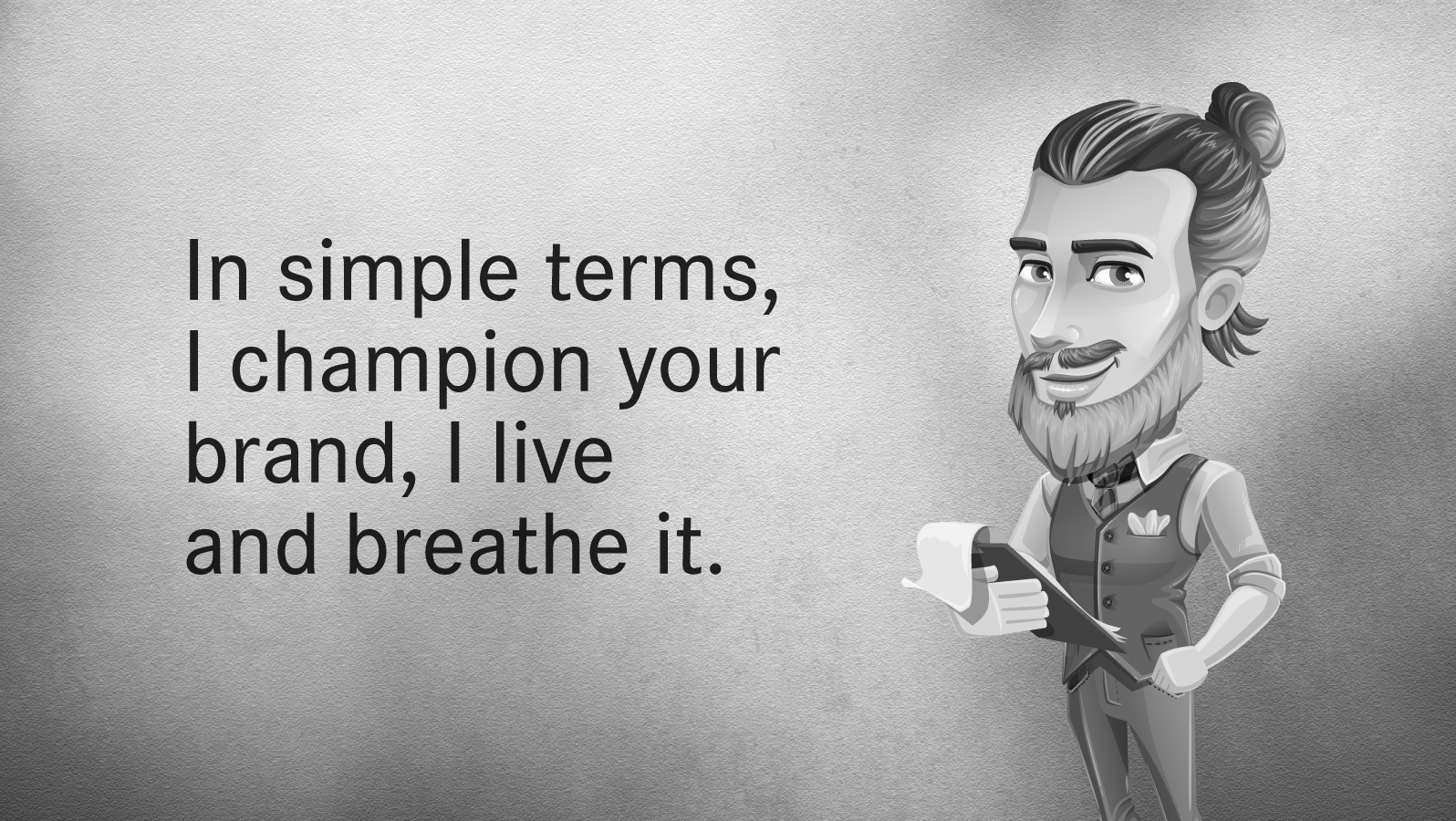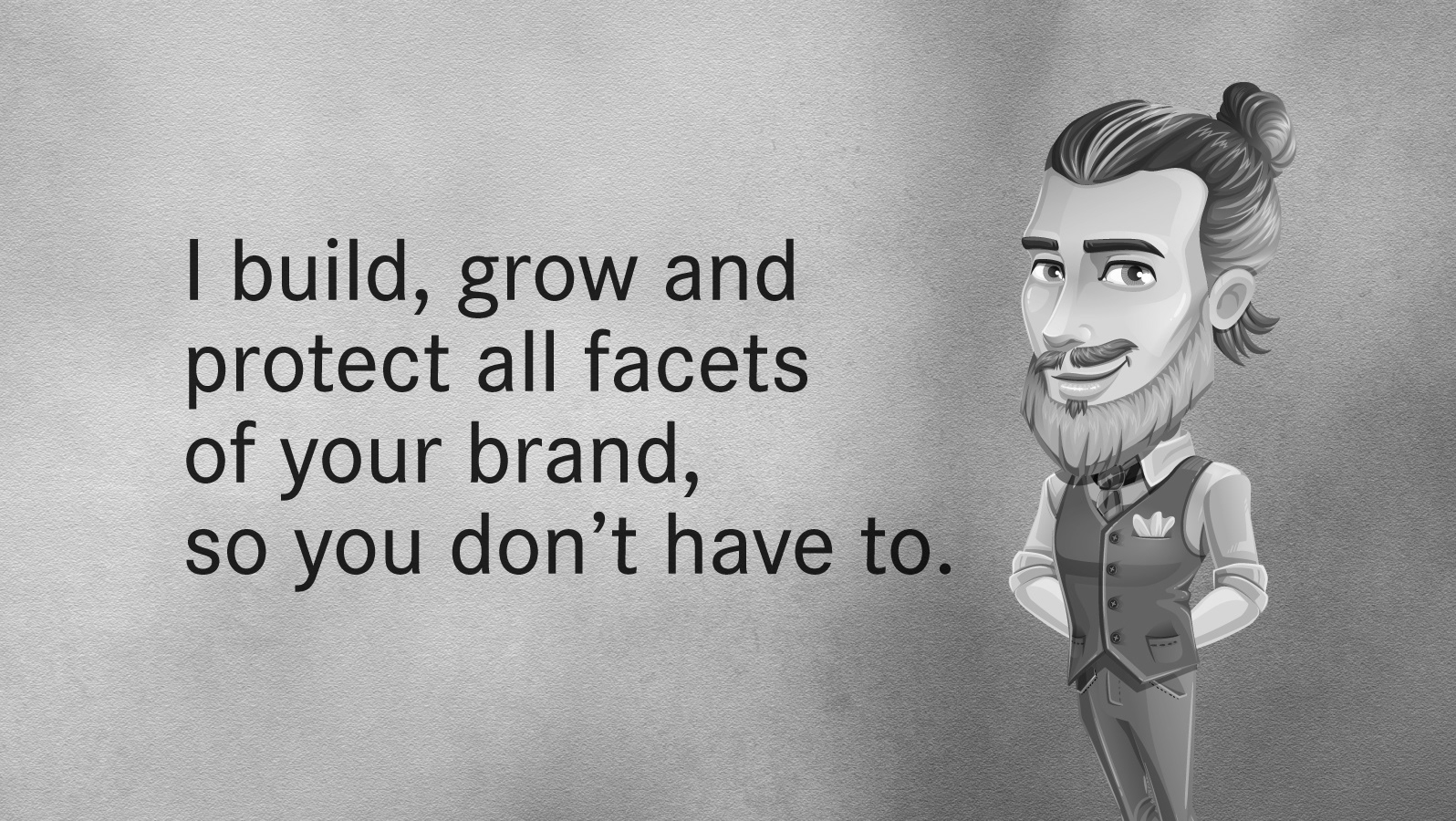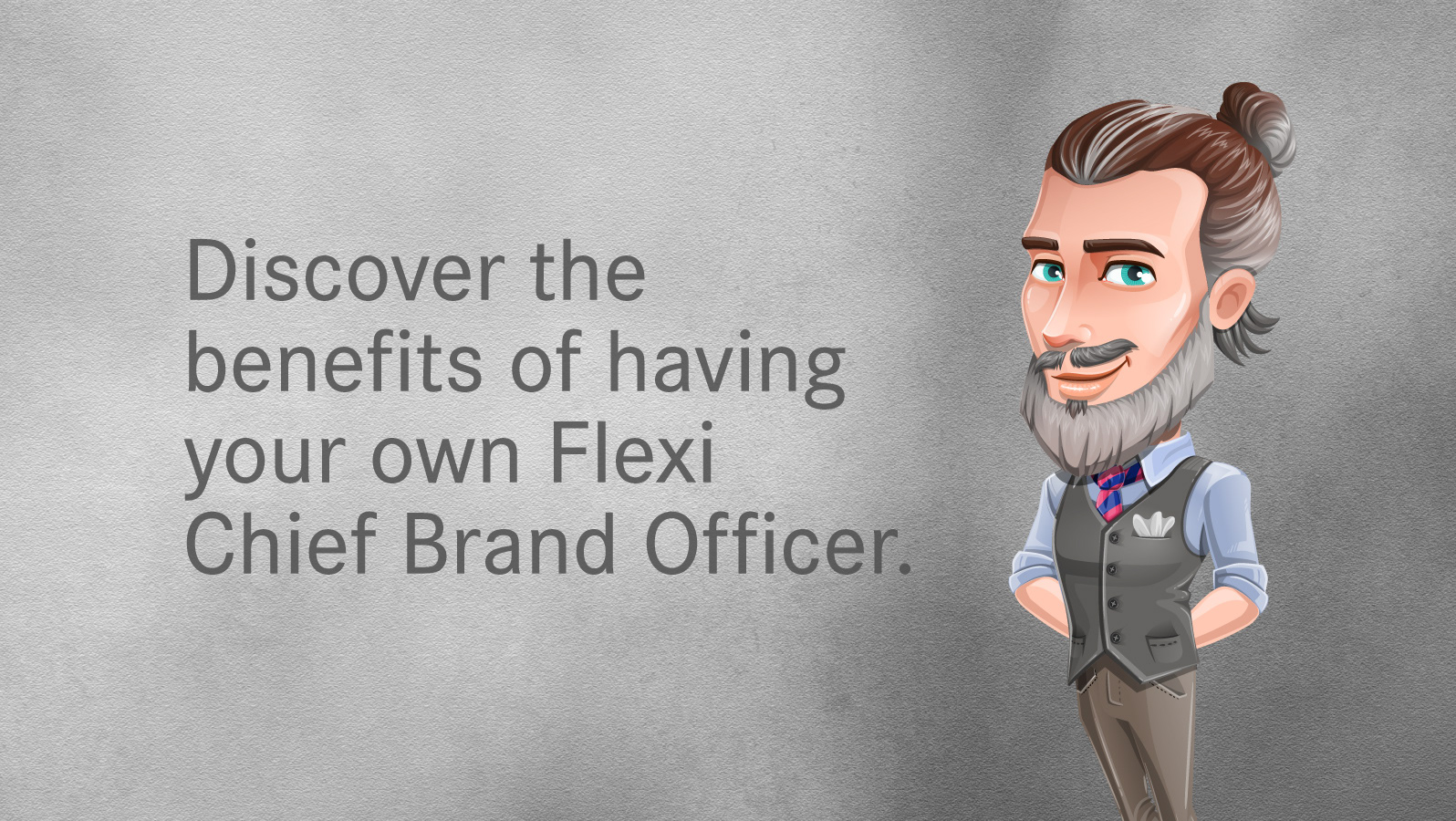There are 9 different types of brands and by identifying the ones that reflect your business, it can significantly jump start and streamline any brand strategy and development.
Brands need to focus on unique and relevant strategies to shape their identity and positioning and by using the 9 brand types it enables an organisation to identify the overall brand it wants to build, so it can clearly and easily pinpoint the specific brand type it aspires to be.
Too many organisations develop brand strategies and therefore brands, that are generic, vague, or ambiguous.
By selecting one, two or even three of the following brand types, your organisation is more likely to end up with a more powerful, relevant brand.
In alphabetical order, here's the 9 brand types for you to consider, along with their characteristics and how each brand behaves and communicates.
Conscious Brand
Characteristics: Is on a mission to make a positive social or environmental impact or enhance people’s quality of life.
How the brand behaves and communicates: Inspiring, thoughtful, transparent.
Disruptive/Challenger Brand
Characteristics: Challenges the current ways of doing things and introduces new concepts that substantively change the market.
How the brand behaves and communicates: Rebellious, confident, daring.
Experience Brand
Characteristics: Is differentiated through the experience it provides, as much as or more than the product or service.
How the brand behaves and communicates: Exciting, energetic, imaginative.
Innovative Brand
Characteristics: Consistently introduces advanced and breakthrough products and technologies.
How the brand behaves and communicates: Risk-taking, imaginative, progressive.
Luxury Brand
Characteristics: Offers higher quality at higher price.
How the brand behaves and communicates: Discriminating, refined, glamorous.
Performance Brand
Characteristics: Offers products that deliver superior performance and dependability.
How the brand behaves and communicates: Precise, competent, reliable.
Service Brand
Characteristics: Consistently delivers high-quality customer care and service.
How the brand behaves and communicates: Humble, predictable, friendly.
Style Brand
Characteristics: Is differentiated through the way its’ products or services look and feel, as much as or more than what they do.
How the brand behaves and communicates: Creative, stylish, contemporary.
Value Brand
Characteristics: Offers lower prices for basic quality.
How the brand behaves and communicates: Down to earth, practical, straightforward.
It's important to note the following:
● across the life of a brand, it may evolve from one type to another.
● there are some characteristics that should be embraced by all brands.
● each brand type offers a wide range of options for establishing a unique brand position.









